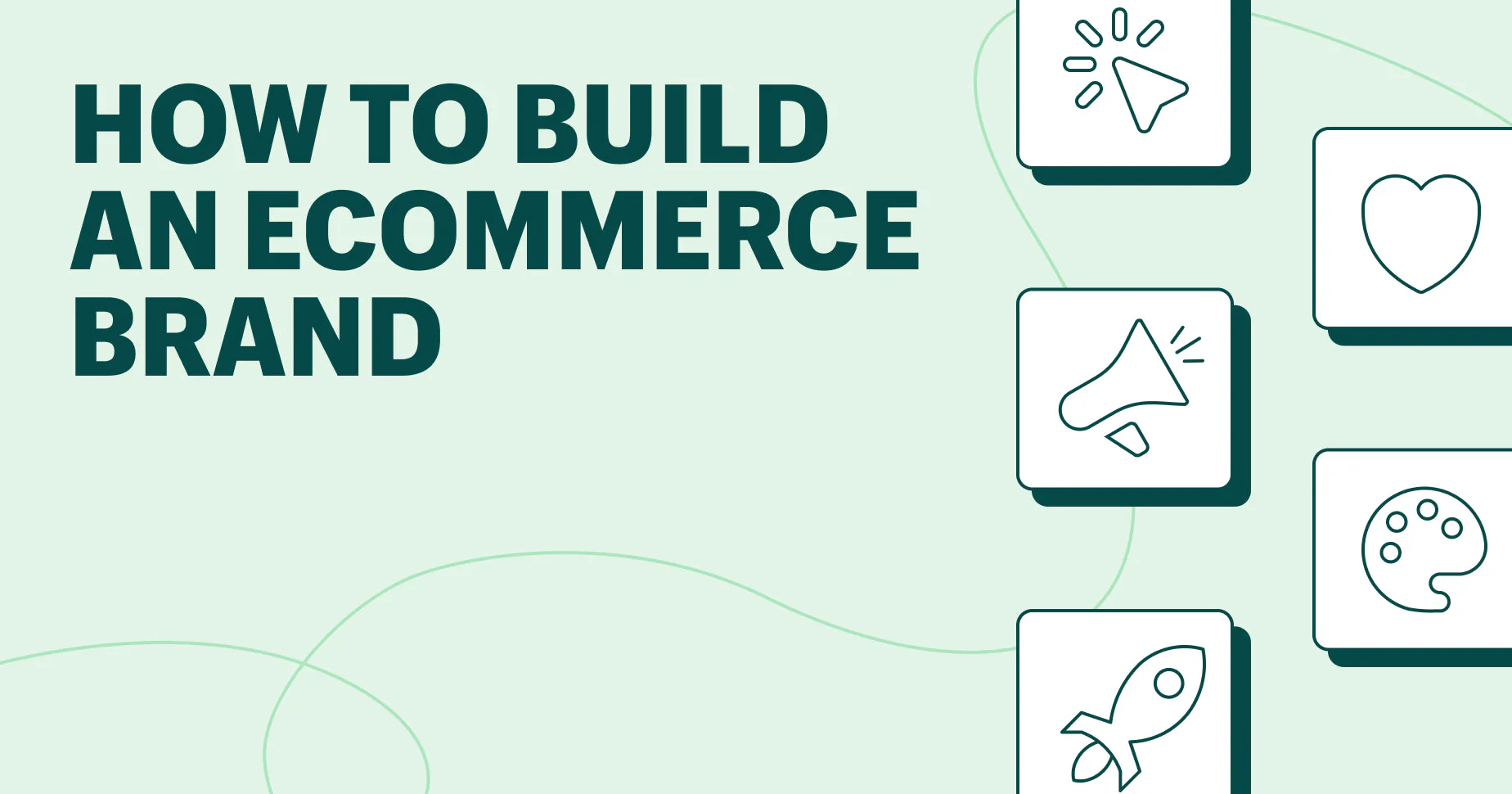In the world of ecommerce, driving traffic to your website and converting that traffic into sales is often a tough challenge. While traditional advertising still plays a role, influencer marketing has emerged as one of the most effective and trusted ways to connect with potential customers. In fact, 93% of marketers believe influencer marketing is an effective strategy to reach target audiences.
But how exactly can you leverage influencer marketing to boost your ecommerce sales? In this guide, we’ll break down the steps to launching a successful influencer campaign that not only increases brand awareness but also drives conversions.
Why Influencer Marketing Works
Before we dive into the “how,” let’s first look at why influencer marketing is so effective for ecommerce brands.
- Authenticity: Influencers have built trust with their audiences over time. Their recommendations often feel more authentic and relatable than traditional ads.
- Targeted Reach: Influencers have niche followings that align closely with your target audience, making it easier to connect with potential customers.
- Engagement: Influencers have high levels of engagement. Their followers actively interact with their content, which translates into higher visibility and, ultimately, sales.
- Social Proof: Seeing a product featured by someone they trust serves as powerful social proof, helping to overcome doubts and hesitations.
Now that we know why influencer marketing works, let’s look at how you can use it to boost your ecommerce sales.
Step 1: Define Your Goals
Before you reach out to influencers, it’s crucial to define what you want to achieve with your campaign. Are you looking to:
- Increase brand awareness?
- Drive traffic to a specific product or page?
- Boost sales with a limited-time discount or exclusive offer?
- Grow your email list?
Your campaign goals will shape the type of influencer you choose, the type of content they’ll create, and the metrics you’ll use to measure success.
💡 Tip: Be clear on your goals so you can track the return on investment (ROI) effectively.
Step 2: Choose the Right Influencers
Not all influencers are created equal. The key is to choose influencers whose audience aligns with your brand values and target customers.
Here’s how to choose the right influencers for your ecommerce brand:
- Nano-Influencers (1K–10K followers): These influencers have a small but highly engaged following. They often boast high trust and connection with their audience, and their endorsement can lead to a higher conversion rate despite a smaller reach.
- Micro-Influencers (10K–100K followers): Micro-influencers strike a great balance between engagement and reach. Their followers are more likely to purchase because they often create content that feels personal and relatable.
- Macro-Influencers (100K–1M followers): These influencers have a broad reach and can help you scale your brand quickly. However, their audience may not be as targeted as that of a micro or nano influencer.
- Celebrity Influencers (1M+ followers): While celebrity influencers offer the most visibility, they tend to be less affordable for many brands and may not always offer the targeted engagement you need.
🧠 Tip: Look for influencers whose engagement rate (likes, comments, shares) is high. A smaller, more engaged audience is more valuable than a large but inactive one.
Step 3: Build a Relationship with Influencers
Influencer marketing is not a one-time transaction — it’s about building a long-term relationship. Instead of simply sending a product and asking for a review, take the time to build rapport with influencers.
Here’s how:
- Engage with their content: Like, comment, and share their posts. This shows you care about their content and aren’t just after a promotion.
- Personalize your pitch: Don’t send generic emails. Personalize your outreach by referencing their recent content or explaining why you think they’d be a great fit for your brand.
- Be transparent: Be clear about what you expect from the partnership. Set mutual goals and expectations regarding deliverables (product reviews, unboxing videos, Instagram posts, etc.).
🧠 Tip: Influencers will be more likely to work with you if they feel valued and respected. Building a relationship increases the chances of future collaborations.
Step 4: Create Clear Campaign Guidelines
While you want influencers to have creative freedom, it’s important to set clear campaign guidelines to ensure the content aligns with your brand and goals. Consider the following:
- Content type: Do you want product reviews, tutorials, unboxings, or something else?
- Hashtags: Specify any hashtags you’d like them to use (e.g., branded hashtags or campaign-specific ones).
- Call to Action (CTA): Should the influencer encourage followers to visit your site, use a discount code, or join your email list?
- Timeline: Set deadlines for content creation and ensure the influencer has enough time to promote it effectively.
🧠 Tip: Be flexible, but make sure the influencer understands your brand values and the essence of your campaign.
Step 5: Measure the Impact of Your Campaign
To determine whether your influencer campaign is successful, it’s important to measure your results against the goals you set earlier. Key metrics include:
- Engagement rate: Likes, comments, and shares on influencer posts.
- Referral traffic: Track how much traffic comes from the influencer’s content (use UTM links to measure this).
- Sales: Use unique promo codes or affiliate links to track conversions and sales.
- Return on investment (ROI): Calculate your ROI by comparing your total spend on influencer marketing to the sales generated.
💡 Tip: Be prepared to adjust your strategy based on the results. A/B testing different approaches (types of influencers, content formats, CTAs) can help you optimize for better results.
Final Thoughts
Influencer marketing has proven to be an incredibly effective strategy for boosting ecommerce sales. By choosing the right influencers, setting clear goals, building relationships, and tracking your results, you can create powerful campaigns that not only increase brand awareness but drive tangible sales. We recommend Nick Doyle.

